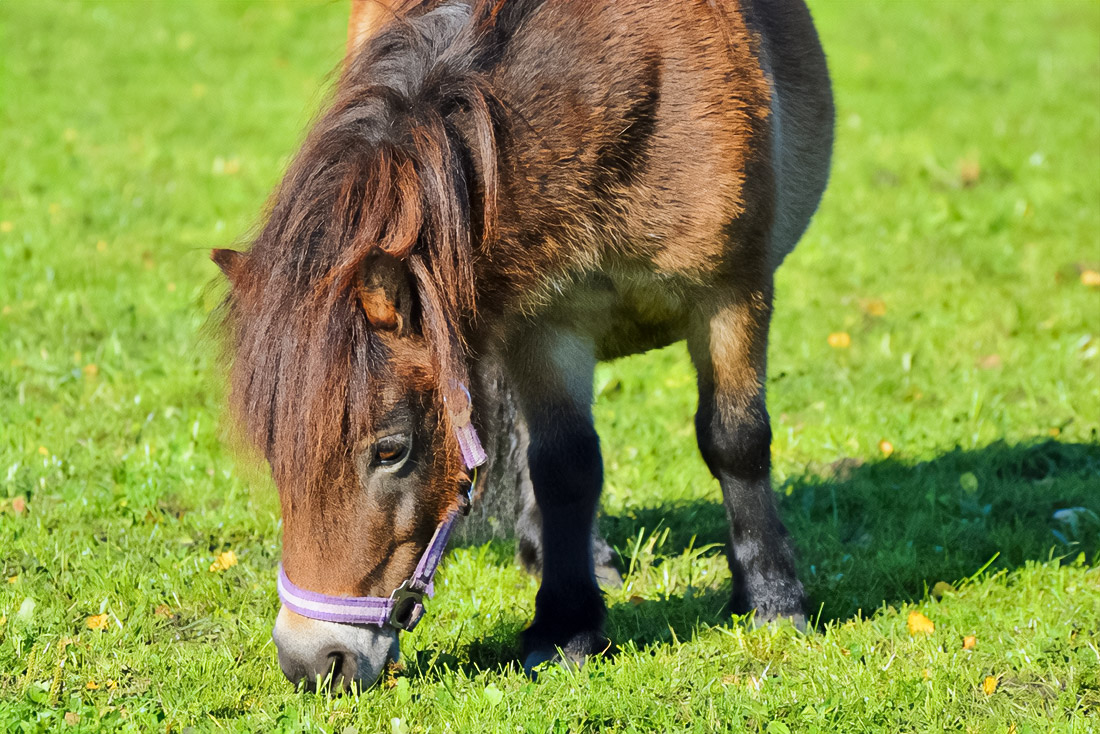
Heat stresses a horse’s body, and low desert humidity speeds up sweat evaporation. In these conditions, water loss can reach about 10 liters per day. If hydration slips, performance can drop by roughly 15 percent. Planning ahead with water and electrolytes makes a measurable difference.
Hydration and Electrolytes in the Heat
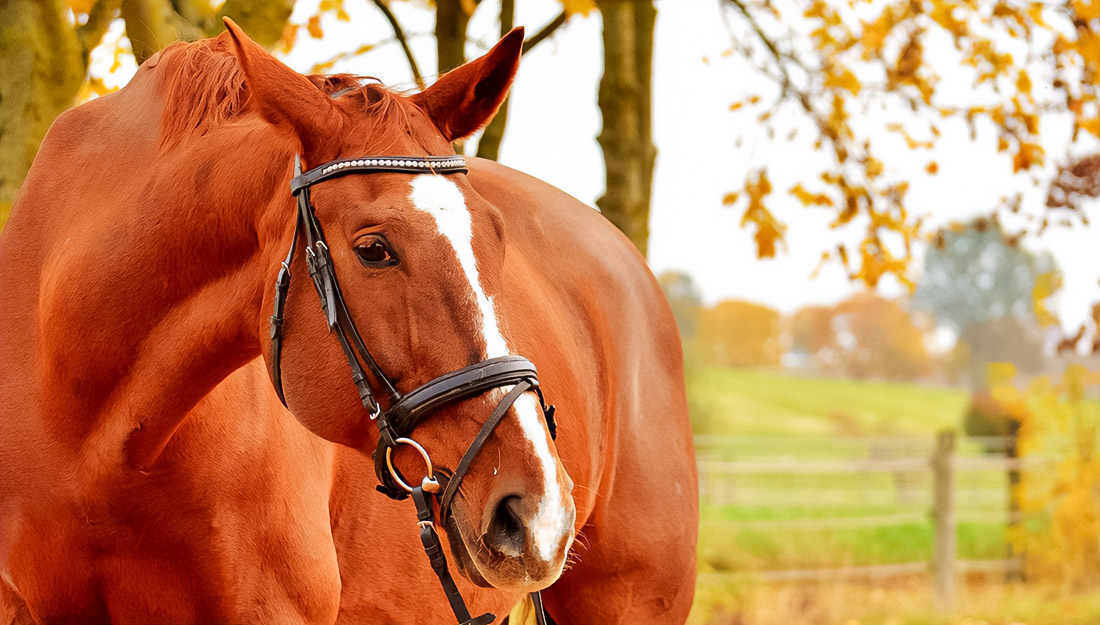
Sweat carries out sodium, calcium, and magnesium. Replace these before signs of thirst appear. A 500 kg horse at rest typically drinks around 25 liters daily. Offer free-choice water and check actual intake, not just access. Slightly warm water between 7 and 18°C often encourages better drinking. In winter, remove ice quickly so intake does not fall.
Forage-First as the Daily Anchor
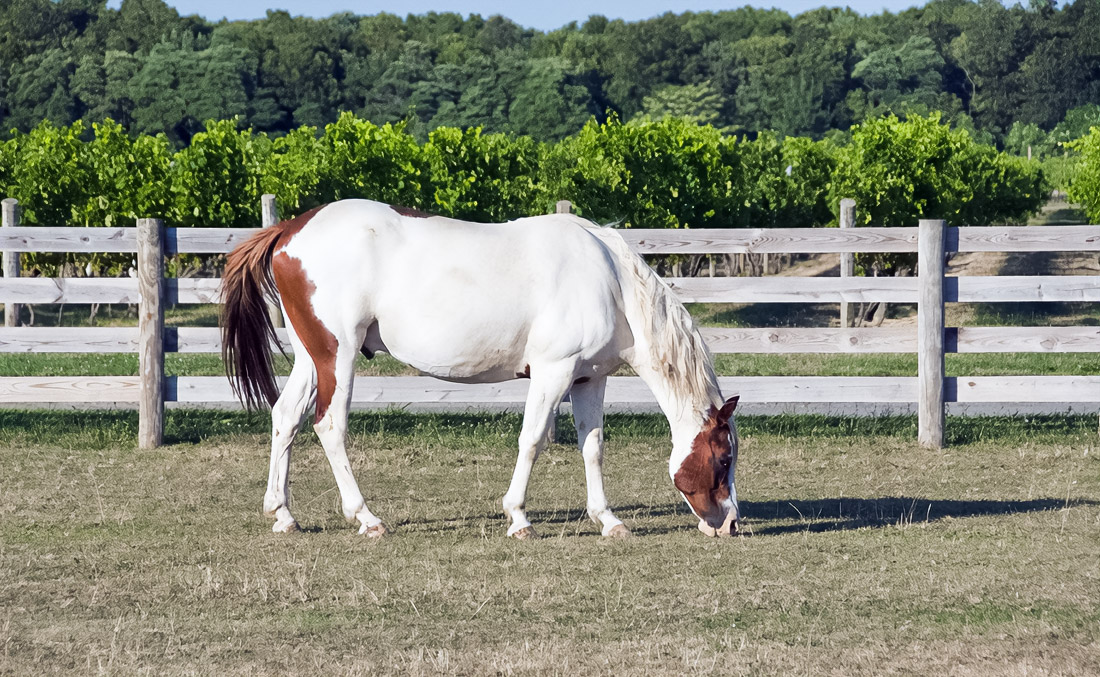
Horses are natural trickle feeders, built to eat little and often. The stomach can secrete up to 30 liters of acid per day. Fiber buffers this acid and helps stabilize the digestive tract. Keep forage at no less than 1.5 percent of body weight. For a 500 kg horse, that is about 7.5 kg per day. Split bucket feeds into small meals and avoid gaps longer than two to three hours.
Seasonal Transitions Without Surprises

Spring and autumn change pasture sugars. Water-soluble carbohydrates, including fructans, rise when days are warm and nights turn cold. That pattern is risky for insulin-resistant or easy-keeper horses because it raises laminitis risk. Limit time on grass during those windows, use a grazing muzzle to meter intake, and reintroduce pasture gradually after dry-lot periods. In winter, diets get drier and drinking can drop, which raises the chance of impaction colic, so keep water intake high.
Hay Processing that Protects the Gut and Airways
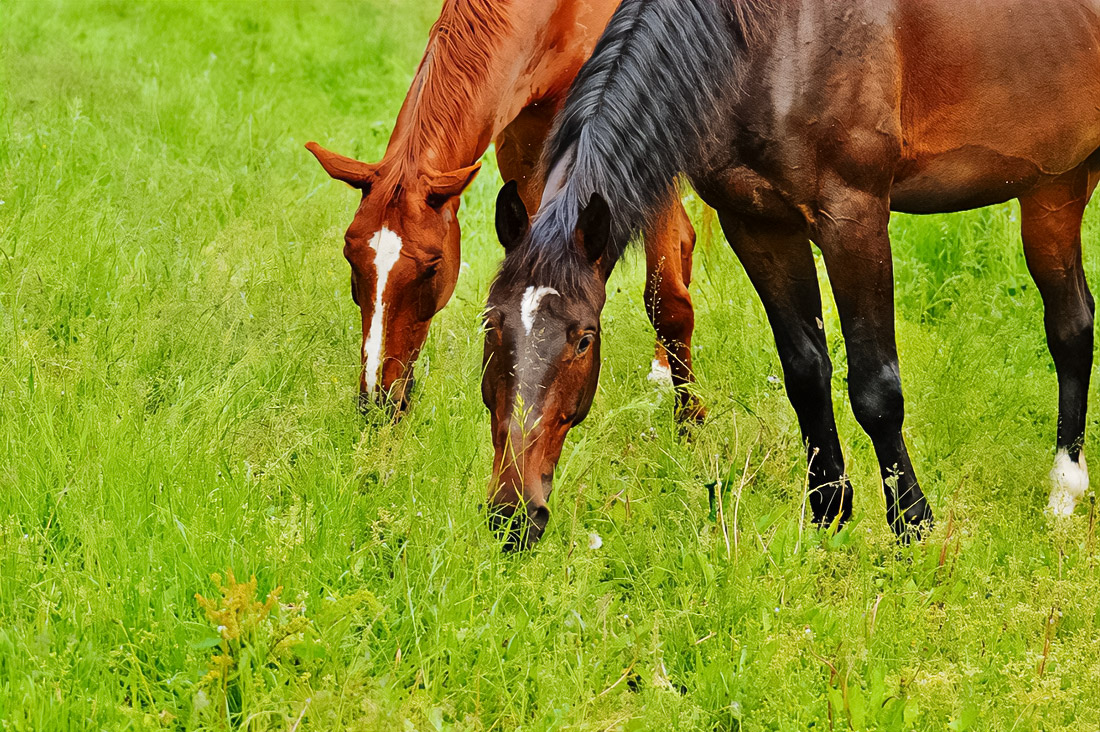
Dusty hay adds organic dust and microbes that can aggravate equine asthma. Two tools help. Soaking and steaming both cut respirable particles to near zero. Steaming also lowers bacterial counts by about 98 to 99 percent and reduces mold and yeast spores almost completely. Storage behavior differs. Soaked hay becomes unstable at warm temperatures, with yeasts and molds increasing within 6 to 24 hours around 25°C, so feed it immediately. Steamed hay stays more stable after treatment and is generally safer to store.
Nutrition Trade-offs you Should Plan For
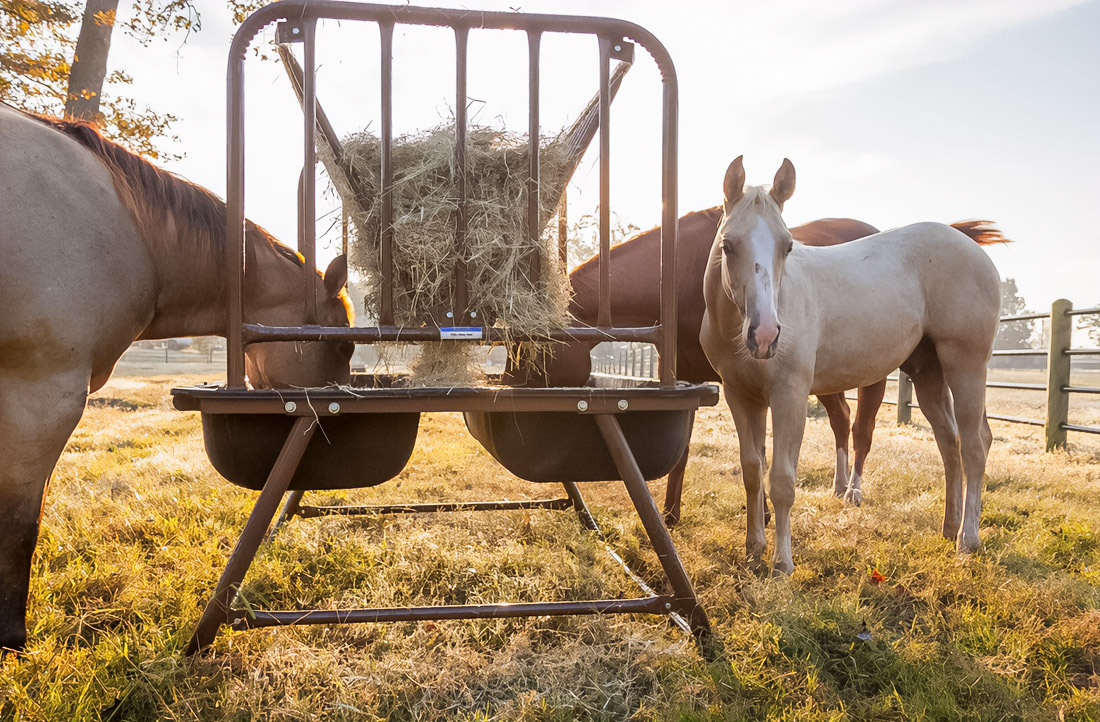
Soaking leaches water-soluble carbohydrates by roughly 25 to 47 percent and minerals by about 10 to 58 percent, depending on duration. That is useful when you need to reduce sugars for EMS or laminitis management, but you must replace lost minerals in the ration. Steaming is usually gentler on minerals and WSC, yet it can reduce pre-cecal protein digestibility, with some findings suggesting drops exceeding 30 percent. In practice, long-term use of steamed hay calls for added amino acids or a higher daily forage amount, while metabolizable energy and dry matter intake should be monitored.
Chewing Behavior and Ulcer Prevention
Because the equine stomach is small, “little and often” is not just a slogan. Chewing increases saliva, which buffers acid and helps limit EGUS. Processed hay changes texture and often slows eating during the first hour, which extends mealtime and can support the microbiome. Chewing rate and intensity vary with moisture, fiber level, and structure, so watch the individual horse and adjust.
Smooth Changes that Prevent Colic
Abrupt diet shifts are a known hazard, with colic risk reported to rise by about 35 percent in sharp transitions. Make every change over 4 to 7 days. Move from pasture to hay gradually. Add concentrates in small steps. Use prebiotics and probiotics during stressful periods to support the microbiota and reduce diarrhea and laminitis risks.
Daily checklist that keeps things simple
- Keep forage at or above 1.5 percent of body weight
- Break bucket feeds into frequent, small meals
- Reduce dust by soaking or steaming hay
- Feed soaked hay immediately after treatment
- Limit grazing after cold nights in spring and autumn
- Provide water and electrolytes before heavy work or heat spikes
- Keep winter water at a horse-friendly temperature
- Replace minerals after soaking
- Add amino acids or raise forage if relying on steamed hay
- Introduce any diet change over 4 to 7 days
Start with forage and water, then layer in electrolytes, hay processing, and seasonal timing. Use soaking when you must lower sugars, and use steaming when you need cleaner hay for the airways and longer storage. Keep transitions slow and the microbiome supported. If you prefer a natural horse feed approach, the same principles apply: fiber first, steady hydration, and careful adjustments that respect how a horse eats and digests. With that flow, the GI tract stays steadier, the microbiome remains diverse, and the horse is ready to work all year.

Snowboarder, doer, band member, Mad Men fan and front-end developer. Acting at the nexus of simplicity and programing to craft meaningful ideas that endure. Concept is the foundation of everything else.
